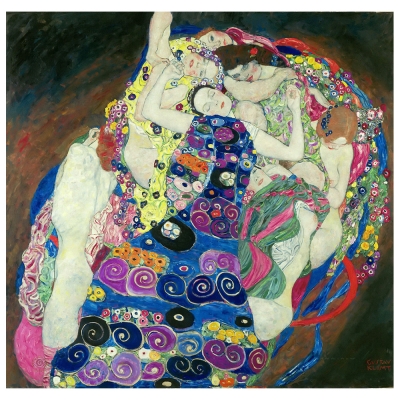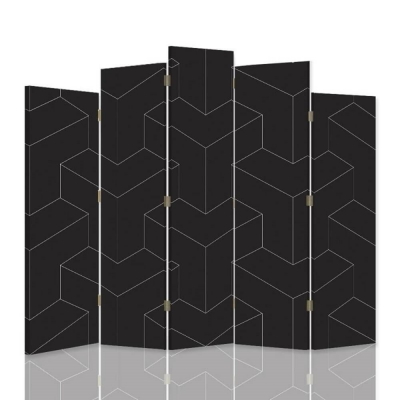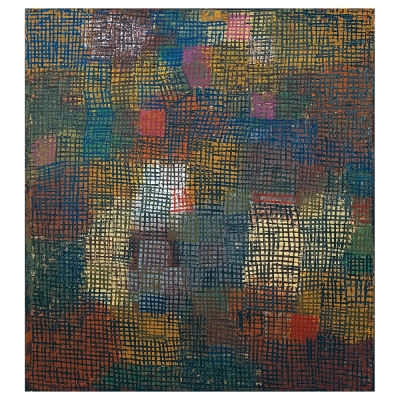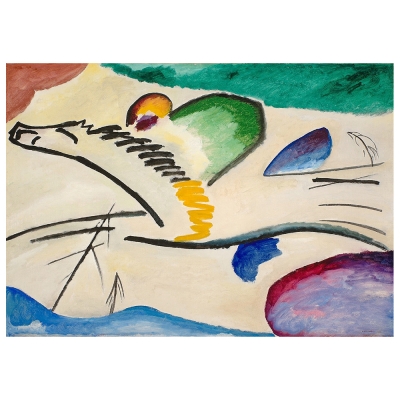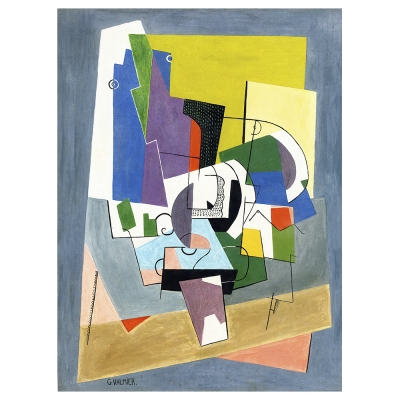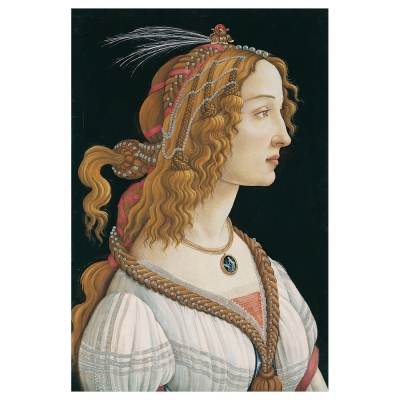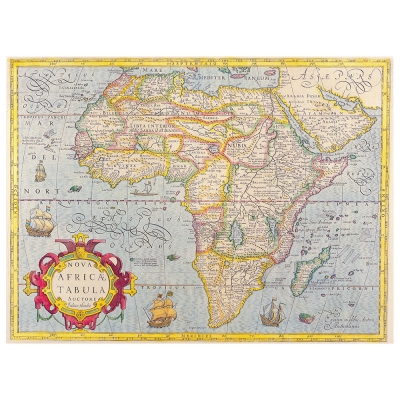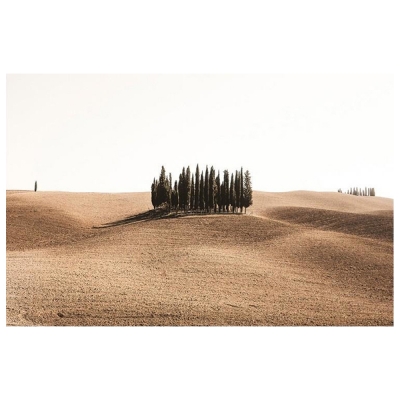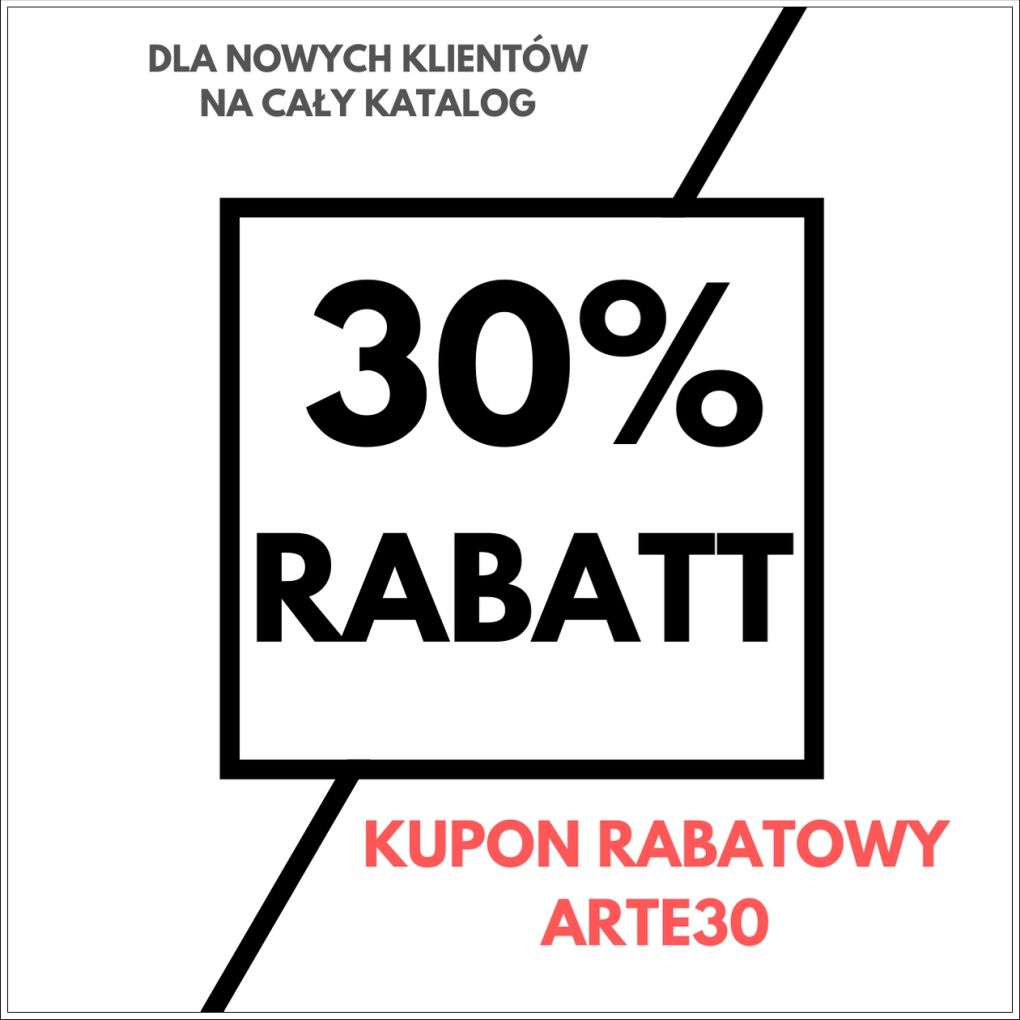George Pierre Seurat: the father of Pointillism

11/07/2019
Born in Paris on December 2, 1859, George Pierre Seurat was the pioneer of Pointillism. Considered one of the most revolutionary artists of the second half of the 19th century, Seurat left us some very important works, such as "A Sunday Afternoon on the Island of La Grande Jatte" or "Bathers at Asnières".
Already as a child he became passionate about drawing and painting and in 1876 he enrolled in the municipal school of drawing, where he got to know Edmond Aman-Jean and began to study various forms of art. In 1878 he began his studies at the School of Fine Arts, he assiduously attended the Louvre and later he realized that the School of Fine Arts was no longer enough for him, so he abandoned his studies and began to paint his first canvases, approaching Pointillism.
Although he is criticised for his pictorial choice, considered by many to be only suitable for depicting landscapes, the artist continues along his path and through the work entitled "The Models" he shows that the theories of those who criticized him were wrong. Later, he continues to make changes to his technique, focusing more on abstractions rather than on reality, giving way to very special colour relationships.
Through his painting technique, George Pierre Seurat influences artists such as Gauguin and Van Gogh, but also the entire artistic current of modern painting and unconsciously he lays the foundations of Fauvism, Cubism and Surrealism.
Among his most successful works, in addition to "A Sunday Afternoon on the Island of La Grande Jatte", "Bathers at Asnières" and "The Models", the artist has left us masterpieces such as “Poseuse debout”, “The three models”, works exhibited in the most prestigious museums in the world, such as the Art Institute in Chicago, the National Gallery in London, etc.
In his latest works, the painter depicts pretty wild figures that are moving in environments that are artificially illuminated. This is also testified by the subjects chosen, such as the Chahut dancers or the artists of the unfinished work called "The circus", a work exhibited in 1891, when George Pierre Seurat is seen for the last time in public. In fact, a few days later he dies as a result of a very violent form of flu at the age of 31, even though the whole truth about his death was never known and there are those who hypothesize that he died of diphtheria or encephalitis, which that year in France had caused several victims. Among these was the son of George Pierre Seurat.
Returning to this technique called Pointillism, which we can define as a combination of small coloured dots that together make up the unity of tone. Each tone must be divided and accompanied by its complementary and the tones must be spread on the canvas in the form of small dots juxtaposed. In essence, unlike the other painting techniques, in Pointillism colours should not be mixed on the palette and light cannot be obtained from a single colour, but from the combination of several colours juxtaposed, a definition created by Seurat, Signac (another pioneer of Pointillism) and the French critic Fénéon.
Article by: Aurora Caraman

